Between Two Worlds
The Construction of the
Ottoman State
Cemal Kafadar
UNIVERSITY OF CALIFORNIA PRESS
Berkeley / Los Angeles / London
University of California Press
Berkeley and Los Angeles, California
University of California Press, Ltd.
London, England
First Paperback Printing 1996
1995 by
The Regents of the University of California
Library of Congress Cataloging-in-Publication Data
Kafadar, Cemal, 1954
Between two worlds : the construction of the Ottoman state /
Cemal Kafadar.
p. cm.
Includes bibliographical references and index.
ISBN 978-0-520-20600-7
I. TurkeyHistoryOttoman Empire, 12881918. 2. Turkey
HistoryOttoman Empire, 1288-1918Historiography. I. Title.
DR486.K34 1995
956.1'0072dc20
94-21024
Printed in the United States of America
08 07
10 9 8 7
The paper used in this publication meets the minimum requirements of
ANSI/NISO Z39.48-1992 (R 1997) (Permanence of Paper). 
bana okumayi sevdiren, sonra bu i i
i
abartti imi araya giren gurbete ra
imi araya giren gurbete ra men
men
hi bir zaman yzme vurmayan
bir zaman yzme vurmayan
Annemeve Bahama / To My Parents
Calabim bir 
 r yaratmi
r yaratmi
 ki cihan
ki cihan  resinde
resinde
Bakicak d dar grnr
dar grnr
Ol 
 rin ken
rin ken resinde
resinde
N gih
gih n ol
n ol 
 re vardim
re vardim
Ani ben yapilir grdm
Ben dahi bile yapildim
Ta toprak
toprak  resinde
resinde
Haci Bayram Vel (d. 142930)
(d. 142930)
My Lord has created a city
In between two worlds.
One sees the beloved if one looks
At the edge of that city.
I came upon that city
And saw it being built.
I too was built with it
Amidst stone and earth.
Contents
Preface
After decades of relative consensus and silence on the issue, the rise of the Ottomans, who established one of the longest-lived (ca. 1300-1922), yet least studied or understood, dynastic states in world history, is back on the agenda of historians as an open question. Until the twentieth century, no attempt was made to delineate the underlying factors or causes (in the postpositivist sense of the term) behind the fascinating development of the political enterprise headed by a certain O m
m n in the western Anatolian marches of the late thirteenth century into a centralized and self-consciously imperial state under the House of O
n in the western Anatolian marches of the late thirteenth century into a centralized and self-consciously imperial state under the House of O m
m n in a few generations. The former occupied a tiny frontier outpost between the worlds of Islam and Byzantium, not only physically but also politically and culturally beyond the pale of established orders in either world; the latter, upon conquering Constantinople in 1453, represented itself as heir to the Eastern Roman Empire and leader of the Muslim world. Historians basically reiterated the legendary accounts received from frontier narratives that were first written down in the latter part of the fifteenth centurya century and a half later than the appearance in the historical record of Osmn (d. 1324?), the eponymous founder of the dynasty. With a controversial book in 1916, Herbert A. Gibbons initiated debate on the rise of Ottoman power, and this debate continued until the publication of two influential works in the 1930s by Fuat K
n in a few generations. The former occupied a tiny frontier outpost between the worlds of Islam and Byzantium, not only physically but also politically and culturally beyond the pale of established orders in either world; the latter, upon conquering Constantinople in 1453, represented itself as heir to the Eastern Roman Empire and leader of the Muslim world. Historians basically reiterated the legendary accounts received from frontier narratives that were first written down in the latter part of the fifteenth centurya century and a half later than the appearance in the historical record of Osmn (d. 1324?), the eponymous founder of the dynasty. With a controversial book in 1916, Herbert A. Gibbons initiated debate on the rise of Ottoman power, and this debate continued until the publication of two influential works in the 1930s by Fuat K pr
pr l
l and Paul Wittek.
and Paul Wittek.
With these works, the gates of independent reasoning were closed, as it were. Wittek's  az
az thesis in particularthe thesis that assigned a crucial role to the spirit of
thesis in particularthe thesis that assigned a crucial role to the spirit of  az
az (Holy War ideology in his unfortunate translation), which he claimed was prevalent among the early Ottomanssoon became textbook orthodoxy. This is not to say that there were no important studies whose coverage included that period in the context of broad developments in late Byzantine or medieval Turkish history. Except for a few cases that made no ripples, however, no direct discussion of the particular topic took place and no new hypotheses were presented until a flurry of publications in the 1980s took issue with the received wisdom, particularly on the basis of perceived contradictions between the
(Holy War ideology in his unfortunate translation), which he claimed was prevalent among the early Ottomanssoon became textbook orthodoxy. This is not to say that there were no important studies whose coverage included that period in the context of broad developments in late Byzantine or medieval Turkish history. Except for a few cases that made no ripples, however, no direct discussion of the particular topic took place and no new hypotheses were presented until a flurry of publications in the 1980s took issue with the received wisdom, particularly on the basis of perceived contradictions between the  az
az thesis and early Ottoman behavior displaying inclusiveness and latitudinarianism. This book grew partly out of the author's joy in seeing a fascinating problem reincluded in the agenda of historians and partly out of his discomfort with some of the directions taken in these new works.
thesis and early Ottoman behavior displaying inclusiveness and latitudinarianism. This book grew partly out of the author's joy in seeing a fascinating problem reincluded in the agenda of historians and partly out of his discomfort with some of the directions taken in these new works.
The decline and comeback of the topic parallels broad trends in world historiography and in Ottomanist scholarship. The waning of interest in the question coincided with the opening of the Ottoman archives to scholarly study and the ensuing fascination with archival research. For one thing, there is a phenomenal quantitative difference between the extant materials related to early Ottoman history and those pertaining to the sixteenth century and beyond. There is still not one authentic written document known from the time of O m
m n, and there are not many from the fourteenth century altogether. Furthermore, the nature of the documents from later periods is such as to enable scholars to conduct social and economic studies of rare quantitative precision, while the prearchival sources are mostly legends, hagiographies, and annalistic chronicles. Naturally, this quality of the material coincided so well with the rising prestige of quantification-based social and economic history worldwide that the investigation of Ottoman origins lost its appeal, just as did historical linguistics (philology), which was among the most cherished areas of expertise for the generation of Wittek and K
n, and there are not many from the fourteenth century altogether. Furthermore, the nature of the documents from later periods is such as to enable scholars to conduct social and economic studies of rare quantitative precision, while the prearchival sources are mostly legends, hagiographies, and annalistic chronicles. Naturally, this quality of the material coincided so well with the rising prestige of quantification-based social and economic history worldwide that the investigation of Ottoman origins lost its appeal, just as did historical linguistics (philology), which was among the most cherished areas of expertise for the generation of Wittek and K
Next page

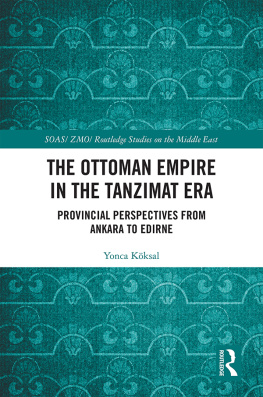
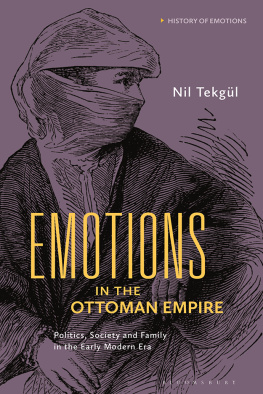
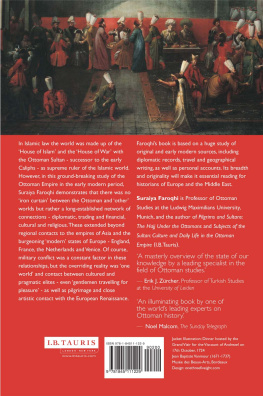

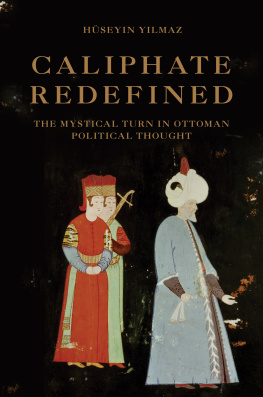
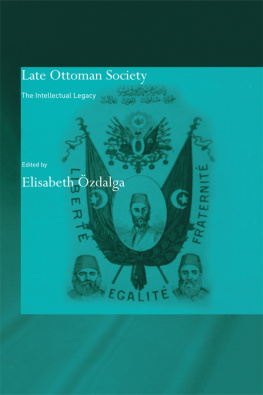

 i
i imi araya giren gurbete ra
imi araya giren gurbete ra bir zaman yzme vurmayan
bir zaman yzme vurmayan r yaratmi
r yaratmi ki cihan
ki cihan  dar grnr
dar grnr (d. 142930)
(d. 142930) m
m n in the western Anatolian marches of the late thirteenth century into a centralized and self-consciously imperial state under the House of O
n in the western Anatolian marches of the late thirteenth century into a centralized and self-consciously imperial state under the House of O pr
pr l
l az
az thesis in particularthe thesis that assigned a crucial role to the spirit of
thesis in particularthe thesis that assigned a crucial role to the spirit of  az
az